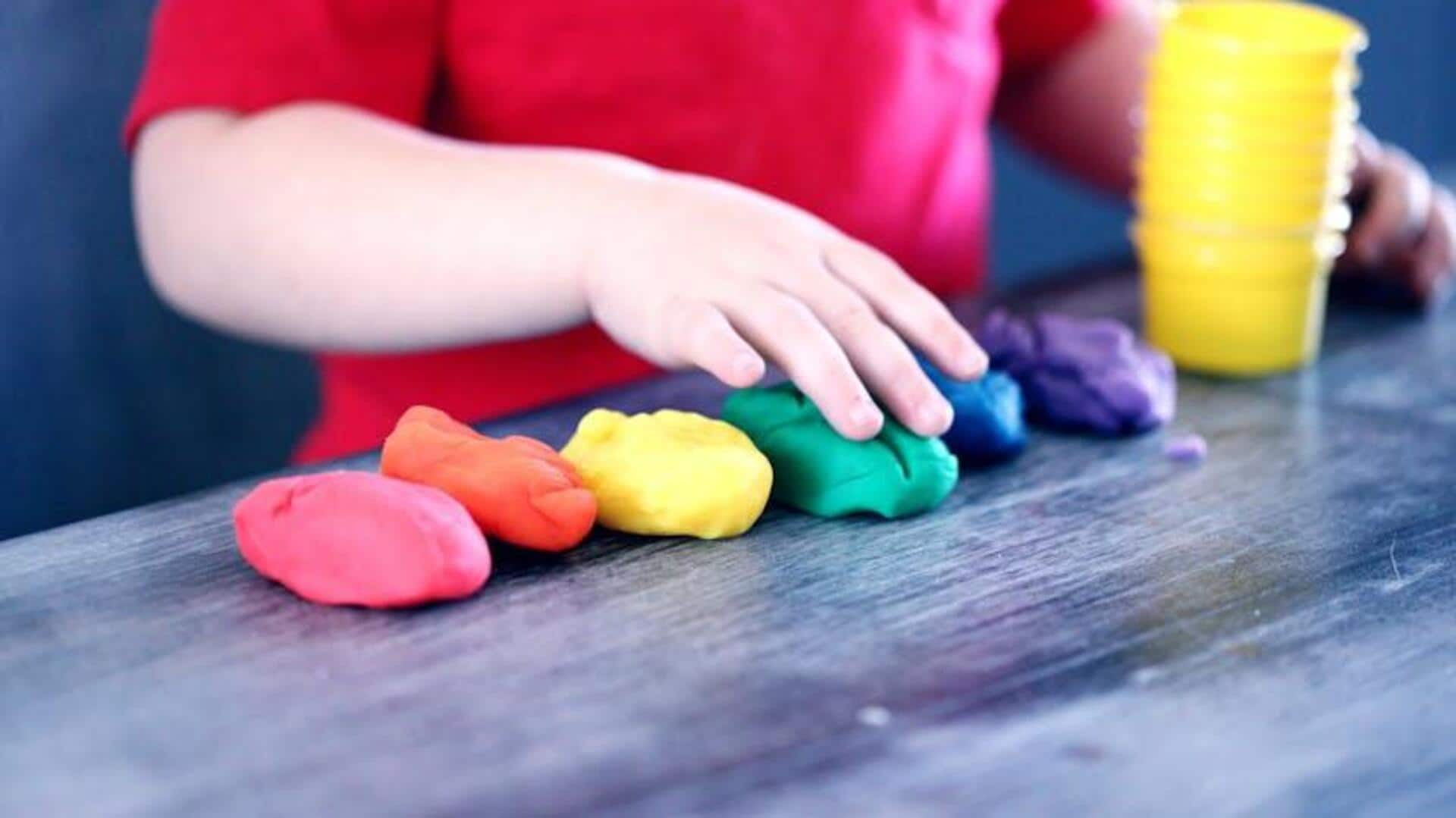
5 fun science experiments your kids will love
What's the story
Engaging children in science experiments can be an exciting way to spark their curiosity and enhance their problem-solving skills. Simple DIY projects at home can provide hands-on learning experiences that are both educational and fun. These activities encourage critical thinking, creativity, and a deeper understanding of scientific concepts. Here are some practical insights into conducting effective science experiments with kids, focusing on accessibility and engagement.
Tip 1
Create a homemade lava lamp
Creating a homemade lava lamp is an easy yet fascinating experiment. For this, you need a clear bottle, water, vegetable oil, food coloring, and Alka-Seltzer tablets. Fill the bottle with water until it is half full. Pour in vegetable oil until the bottle is nearly full. Add a few drops of food coloring, and watch as the colored water sinks through the oil, creating a lava lamp effect. This experiment demonstrates density and chemical reactions.
Tip 2
Grow crystals with sugar or salt
Growing crystals is another captivating activity that illustrates how substances can form solid structures from solutions. Dissolve sugar or salt in hot water until no more can dissolve. Pour this solution into a clean jar and suspend a string or stick inside so that it hangs into the solution without touching the bottom. Over time, crystals will form around the string or stick as the solution cools and evaporates.
Tip 3
Explore static electricity with balloons
Static electricity can be easily demonstrated using balloons. Inflate two balloons and rub them on your hair or a woolen sweater to build up static charge. Then, bring them close together to see how they repel each other when charged similarly or attract when one balloon has more charge than the other. This experiment helps kids understand electric charges and forces.
Tip 4
Make homemade slime
Making homemade slime is an enjoyable way for kids to learn about polymers while having fun with textures. Mix equal parts of white school glue and water in a bowl. Add food coloring if desired for color effects. Then slowly stir in baking soda until thickened. Finally, add contact lens solution gradually until the desired consistency is achieved. This creates stretchy slime that kids can play with while learning about the chemical reactions involved in polymer formation.
Tip 5
Conduct simple water filtration tests
Conducting water filtration tests teaches kids about environmental science and engineering principles involved in purifying water sources. Take a plastic bottle, cut it in half horizontally, and use the top half as a funnel. Fill it with layers of sand, charcoal, and gravel placed in reverse order: coarse gravel at the bottom, fine sand at the top. Pour dirty water through the filter and observe how the layers purify the water.